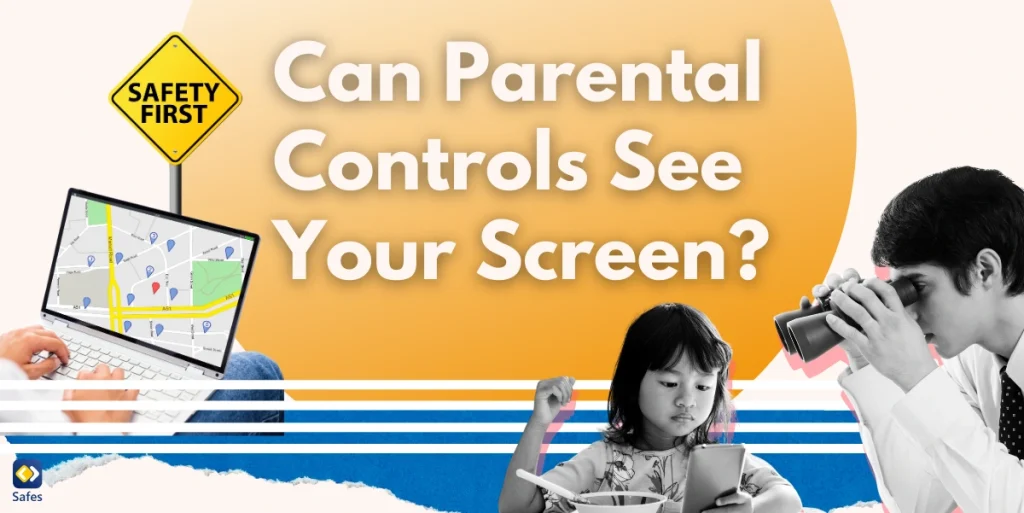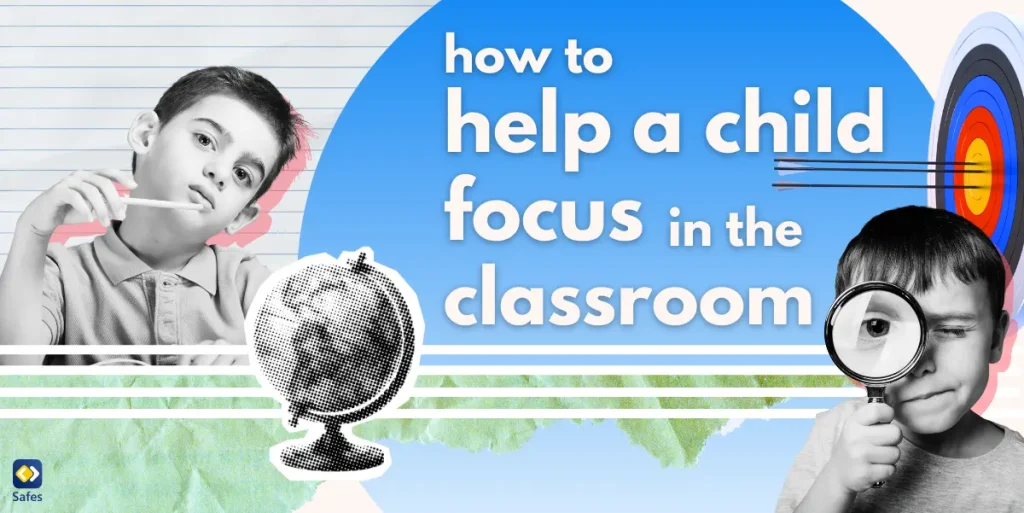For parents, discovering that their teenager has been involved in shoplifting can be a baffling and highly distressing situation. Despite being raised with a clear understanding of right and wrong, why do teenagers steal? This guide aims to delve into the reasons behind teenage shoplifting, the signs to watch out for, and effective prevention strategies. Be it peer pressure, mental health issues, or impulse control disorder, there is always a way to manage and correct this behavior constructively.
Download and Start Your Free Trial of the Safes Parental Control App
Understanding Teenage Shoplifting
Before we delve into discussing how to help teenagers stop shoplifting, we need to understand the different aspects of shoplifting in teenagers.
The Prevalence of Teenage Shoplifting
In contrast to common belief, teenage shoplifting is not a rare occurrence. According to the National Association for Shoplifting Prevention, shoplifting ranks among the most frequently committed crimes, with approximately 25% of shoplifters being juveniles. Some research studies suggest that 15% of high school students have shoplifted at least once.
Psychological Reasons Behind Stealing
The motivations of teenage shoplifters are complex and often rooted in adolescent psychology. Below are some of the most common psychological reasons that push kids to steal:
Peer Pressure: Many teenagers succumb to peer pressure and steal to prove their “coolness.” The need to fit in and impress their peers can easily cloud their judgment.
Poor impulse control: The prefrontal cortex, which controls reasoning and self-regulation, is still developing in teenagers. This incomplete development often results in poor impulse control, leading to shoplifting.
Testing Authority: Adolescence is a phase of self-exploration where teenagers often rebel against societal rules. Engaging in risky behaviors like shoplifting can be a form of testing boundaries and challenging authority.
Thrill-seeking: Some teenagers steal for the excitement and the dopamine rush it provides. They may not even want or need the stolen item; the thrill of getting away with stealing is the main attraction.
Distraction from Emotional Pain: Hormonal changes can produce a range of heightened emotions in teenagers. Some teenagers resort to stealing as a distraction from these intense feelings.
Cry for Attention: Teenagers who feel neglected or crave attention might resort to shoplifting as a way to pull their parents’ focus to them.
Behavioral or Mental Health Disorders: Behavioral disorders like Oppositional Defiant Disorder and mental health conditions like anxiety and depression can often be associated with shoplifting.

The Link Between Stealing and ADHD
A significant relationship exists between shoplifting and neurodivergence, specifically Attention-Deficit/Hyperactivity Disorder (ADHD). Teenagers with ADHD often struggle with impulse-control challenges, leading them to act without thinking.
The Trauma Connection
Research indicates that teenagers with a history of trauma or abuse are more likely to engage in shoplifting. This act of theft is sometimes viewed as a form of compensation for enduring an unfair loss.
The Rare Case of Kleptomania
Kleptomania, a rare conduct disorder characterized by compulsive stealing, can also be a factor. If a child continues to shoplift beyond the age of 15, it may suggest kleptomania.
Consequences of Teenage Shoplifting
The ramifications of shoplifting stretch far beyond the immediate legal trouble. A shoplifting conviction can hamper a teenager’s chances of college acceptance, credit building, and future employment. If the police are involved, it’s advisable to seek professional help from a criminal defense attorney experienced in juvenile misdemeanor cases to prevent these criminal charges from derailing your teenager’s future.
Addressing Teenage Shoplifting Behavior
Addressing shoplifting in teenagers requires a mutual understanding between you and your child. While sometimes children steal because they don’t have enough pocket money, at other times, there are psychological reasons behind this habit.
Open Communication and Trust Building
If your teenager has been caught shoplifting, it’s essential to approach the issue with open dialogue and understanding. Encourage them to share their feelings and reasons behind their actions. Maintain a calm demeanor and avoid resorting to harsh punishments or name-calling. Instead, focus on reinforcing the understanding that stealing is wrong.
Setting Boundaries and Expectations
Setting clear boundaries and expectations is a crucial step towards preventing teenage shoplifting. Parents should consistently emphasize the importance of respecting other people’s property and the consequences of not doing so.
Utilizing Parental Control Apps
Parental control apps like Safes can play a significant role in guiding teenagers toward positive behavior. These apps help parents monitor their children’s online activities, manage screen time, and set appropriate boundaries. By setting a positive example of digital behavior, you can instill in your teenager the importance of respecting not just physical but digital property as well.
You’re welcome to download Safes from our website, Google Play, or App Store. Start your free trial with Safes to access resources that help you understand and manage this challenging behavior.
When to Seek Professional Help
If your teenager continues to shoplift despite your efforts, it may be time to seek professional help. Mental health professionals can provide shoplifting therapy and help your teenager understand the underlying causes of their behavior. Treatment options can include Cognitive Behavioral Therapy, support groups, and even medication in some cases. Remember, teenage shoplifting, while a serious issue, can be managed and corrected with the right resources and support.
Your Child’s Online Safety Starts Here
Every parent today needs a solution to manage screen time and keep their child safe online.
Without the right tools, digital risks and excessive screen time can impact children's well-being. Safes helps parents set healthy boundaries, monitor activity, and protect kids from online dangers—all with an easy-to-use app.
Take control of your child’s digital world. Learn more about Safes or download the app to start your free trial today!




